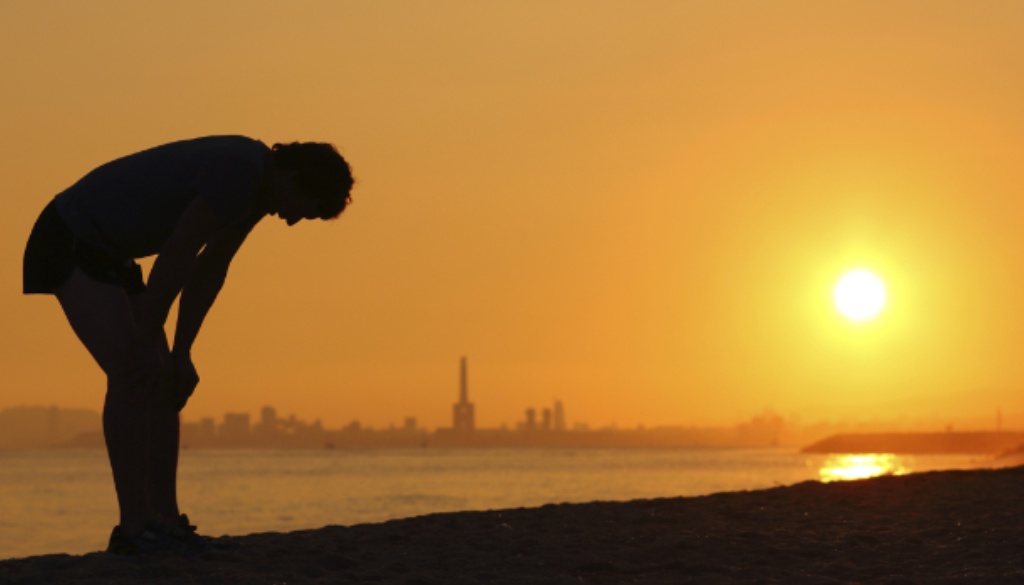April Heatwave Scorches Pune, Highest Daytime and Nighttime Temperatures in Years

Pune, 1st May 2024: As April draws to a close, Pune finds itself grappling with the harshest heatwave in over a decade, with both daytime and nighttime temperatures soaring to unprecedented levels.
According to the latest data from the India Meteorological Department (IMD), this April has witnessed the highest average daytime temperature since 2013, while nights have been marked by the second-highest average minimum temperature in at least 11 years, trailing only the record-breaking heat observed in April 2022.
The IMD has issued a yellow alert for heatwave conditions in several districts, including Thane, Raigad, Pune, Ahmednagar, Solapur, Chhatrapati Sambhajinagar, Jalna, and Nanded, effective May 1.
Experts attribute the scorching temperatures to the compounding effects of climate change and urban heat island phenomena. The sprawling concrete landscape of urban areas like Pune, exacerbated by rapid urbanization, absorbs and retains heat, offering little relief even after sunset. Areas such as Wadgaonsheri and Lohegaon are particularly susceptible to the urban heat island effect, although comprehensive long-term temperature data for these regions is lacking.
Gurudas Nulkar, Director of the Centre for Sustainable Development at Gokhale Institute of Politics and Economics, explained, “The city’s hardscapes, covered with tar, concrete, and paver blocks, absorb heat during the day, releasing it slowly into the atmosphere as the evening progresses. The presence of dark facades and glass-clad buildings exacerbates this effect, along with traffic congestion during peak hours.”
Dr. Medha Khole, Head of the Weather Forecasting Division at IMD Pune, pointed to increased humidity and cloud cover as contributing factors to the elevated nighttime temperatures. “The presence of humidity and cloud cover impedes the escape of long-wave radiation into space, leading to a rise in temperatures during the night,” Dr. Khole stated. However, she noted that the reduction in cloud cover has caused maximum temperatures to rise as well.
Explaining the absence of rainfall despite the cloud cover, Dr. Khole emphasized the lack of moisture in the air necessary for precipitation. “The available moisture only resulted in the formation of low to medium clouds, which did not bring rain but instead contributed to discomfort among residents,” she added.
Parts of Pune experienced nighttime temperatures reaching 27-28°C, several degrees above normal, according to Dr. Khole.
As the city continues to swelter under the relentless heat, citizens are reminded of TS Elliot’s famous line, “April is the cruellest month,” from “The Waste Land.” Urgent action is needed to mitigate the effects of rising temperatures and prevent Pune from becoming an uninhabitable wasteland.





